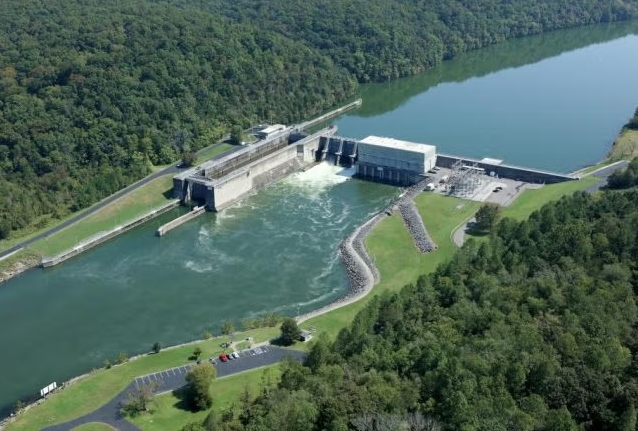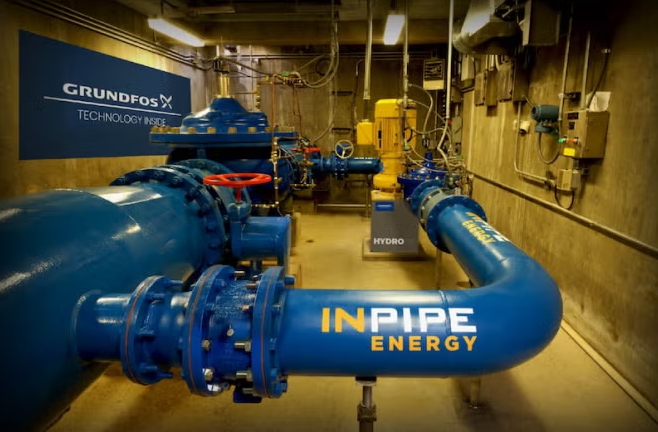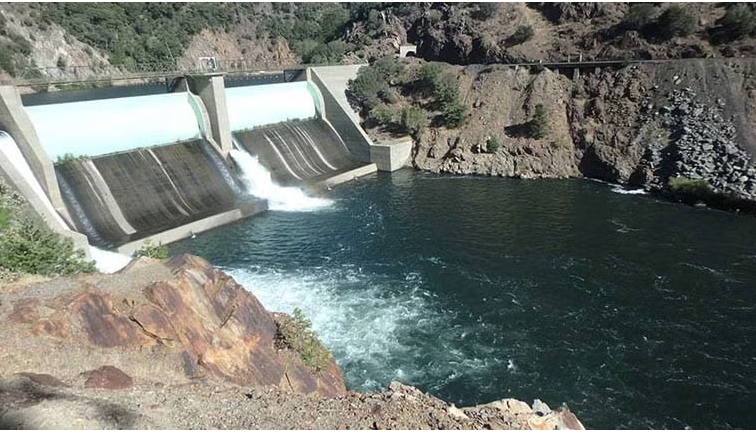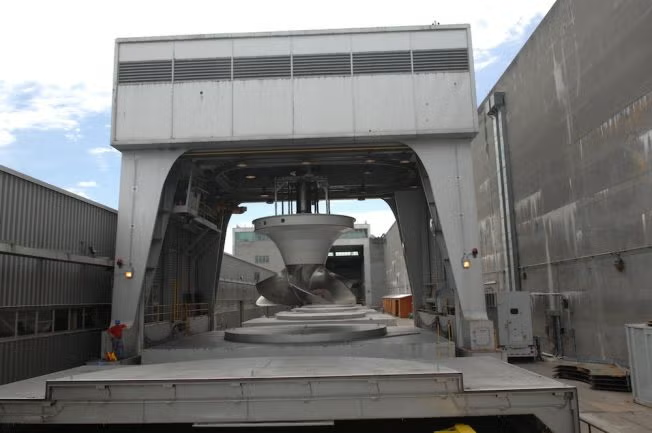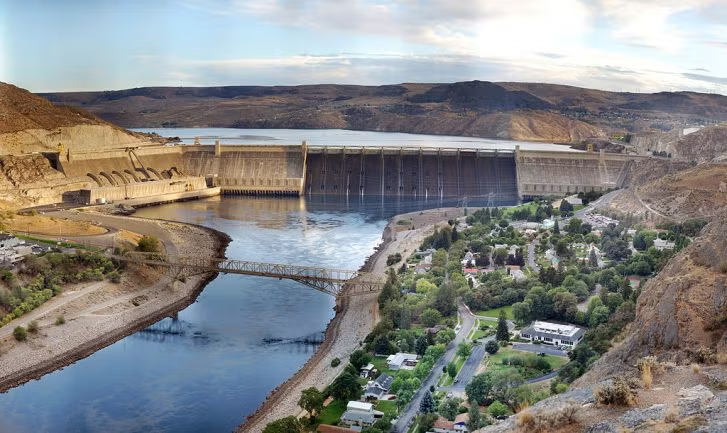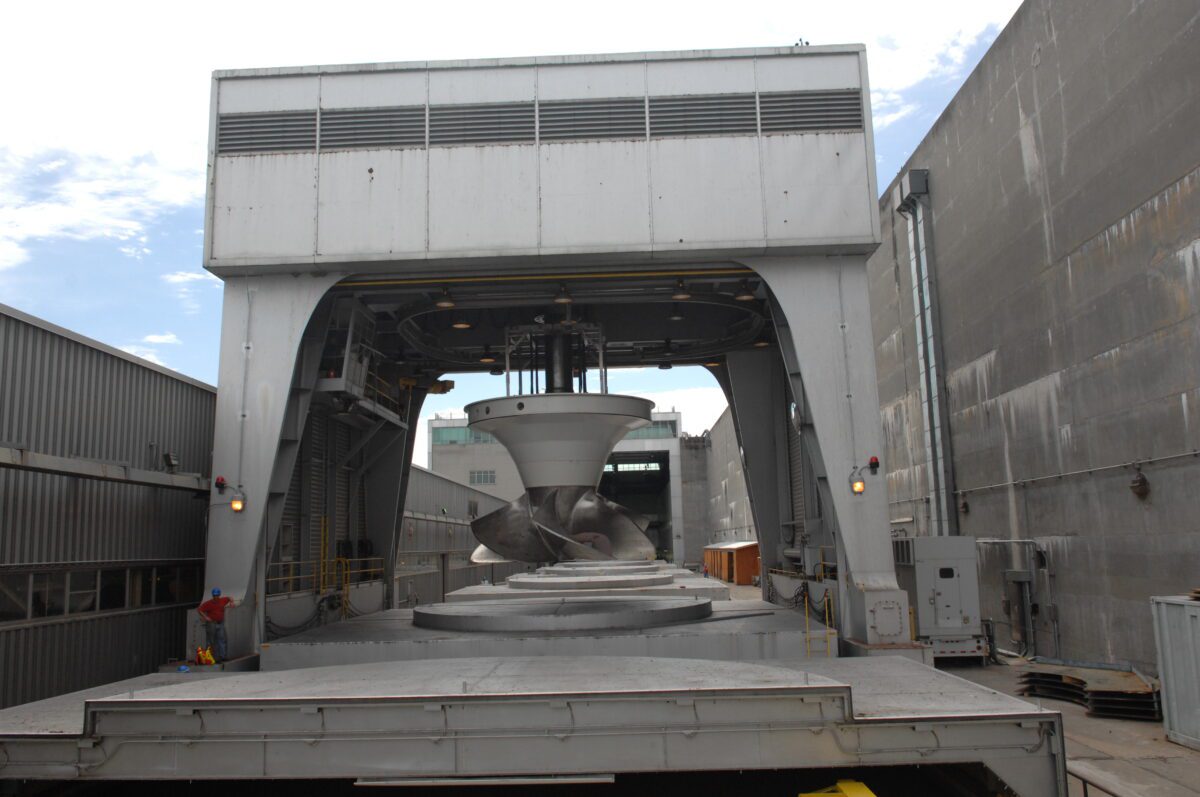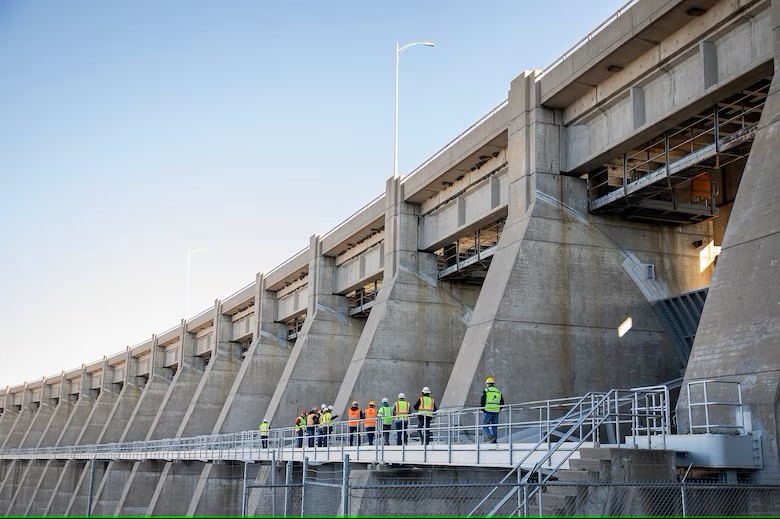The International Atomic Energy Agency (IAEA) has released a new report into the potential future of nuclear power around the world, concluding that, in a number of scenarios, nuclear power will be an integral component of a low-carbon energy future.
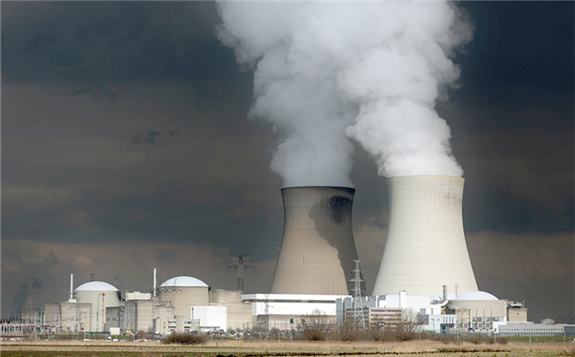
The report, ‘Energy, Electricity and Nuclear Power Estimates for the Period up to 2050’, is the 40th edition of the annual publication and draws many of the same conclusions as prior editions. The IAEA estimates that total global energy consumption will increase by 15% by 2040 and 39% by 2050, compared to 2019 levels, while electricity consumption alone is set to almost double by 2050.
This latter point reveals the increased importance of electricity as a form of energy to be consumed, with the IAEA expecting electricity usage, as a percentage of total energy usage, to increase from 18.8% in 2019 to 27.2% by 2050. Perhaps unsurprisingly considering the group’s focus, the IAEA is optimistic that recent expansions in global nuclear power capacity will help meet this demand for more electricity; in 2019, nuclear power accounted for 10.4% of total electricity production, a 0.2% increase on 2018 figures and the first increase since 2015.
The report also sets out two potential futures for the world’s nuclear capacity, a ‘high case’ where a significant number of new nuclear facilities are constructed, and a ‘low case’ where the world does not embrace nuclear power as comprehensively. In the high case estimate, new additions are expected to overcome planned retirements to increase global nuclear capacity from just under 400GW in 2019 to just over 700GW in 2050. Meanwhile, in the low case estimate, additions and retirements are roughly equal, and total global capacity will actually decrease between 2019 and 2050.
Indeed, challenges remain to ensure the world’s nuclear capacity can expand sufficiently to meet this demand, with economic and safety concerns among the primary obstacles to more widespread adoption of nuclear power.
“The low price of natural gas and the impact of subsidised variable renewable energy sources on electricity prices, which do not account for the overall costs to the electricity system, are expected to continue to affect nuclear growth prospects,” wrote the report’s authors in its introduction. “Ongoing financial uncertainty and stagnant electricity demand in some regions will continue to present challenges for capital intensive projects such as nuclear power.
“Heightened safety requirements, challenges in deploying advanced technologies, and other factors have increased construction times and costs, contributing to delays.”
Yet the IAEA is hopeful that nuclear power will be a key component in meeting this increased demand for electricity, and to do so without many of the environmental consequences that have impacted fossil fuel-based energy production.
“The latest IAEA annual projections show that nuclear power will continue to play a key role in the world’s low-carbon energy mix, with global nuclear electrical capacity seen nearly doubling by 2050 in our high case scenario,” said IAEA director general Rafael Mariano Grossi. “Climate change mitigation remains a key potential driver for maintaining and expanding the use of nuclear power.”
The report, ‘Energy, Electricity and Nuclear Power Estimates for the Period up to 2050’, is the 40th edition of the annual publication and draws many of the same conclusions as prior editions. The IAEA estimates that total global energy consumption will increase by 15% by 2040 and 39% by 2050, compared to 2019 levels, while electricity consumption alone is set to almost double by 2050.
This latter point reveals the increased importance of electricity as a form of energy to be consumed, with the IAEA expecting electricity usage, as a percentage of total energy usage, to increase from 18.8% in 2019 to 27.2% by 2050. Perhaps unsurprisingly considering the group’s focus, the IAEA is optimistic that recent expansions in global nuclear power capacity will help meet this demand for more electricity; in 2019, nuclear power accounted for 10.4% of total electricity production, a 0.2% increase on 2018 figures and the first increase since 2015.
The report also sets out two potential futures for the world’s nuclear capacity, a ‘high case’ where a significant number of new nuclear facilities are constructed, and a ‘low case’ where the world does not embrace nuclear power as comprehensively. In the high case estimate, new additions are expected to overcome planned retirements to increase global nuclear capacity from just under 400GW in 2019 to just over 700GW in 2050. Meanwhile, in the low case estimate, additions and retirements are roughly equal, and total global capacity will actually decrease between 2019 and 2050.
Indeed, challenges remain to ensure the world’s nuclear capacity can expand sufficiently to meet this demand, with economic and safety concerns among the primary obstacles to more widespread adoption of nuclear power.
“The low price of natural gas and the impact of subsidised variable renewable energy sources on electricity prices, which do not account for the overall costs to the electricity system, are expected to continue to affect nuclear growth prospects,” wrote the report’s authors in its introduction. “Ongoing financial uncertainty and stagnant electricity demand in some regions will continue to present challenges for capital intensive projects such as nuclear power.
“Heightened safety requirements, challenges in deploying advanced technologies, and other factors have increased construction times and costs, contributing to delays.”
Yet the IAEA is hopeful that nuclear power will be a key component in meeting this increased demand for electricity, and to do so without many of the environmental consequences that have impacted fossil fuel-based energy production.
“The latest IAEA annual projections show that nuclear power will continue to play a key role in the world’s low-carbon energy mix, with global nuclear electrical capacity seen nearly doubling by 2050 in our high case scenario,” said IAEA director general Rafael Mariano Grossi. “Climate change mitigation remains a key potential driver for maintaining and expanding the use of nuclear power.”
